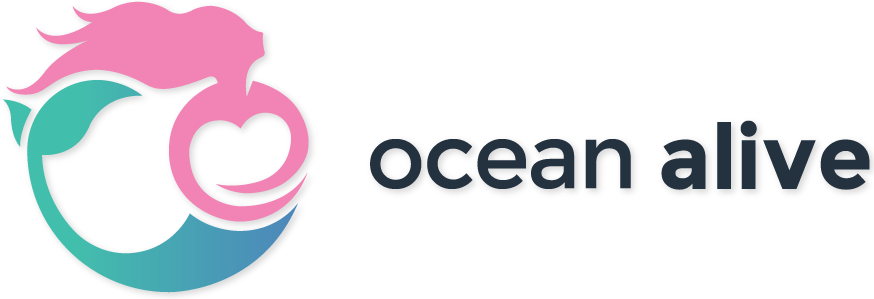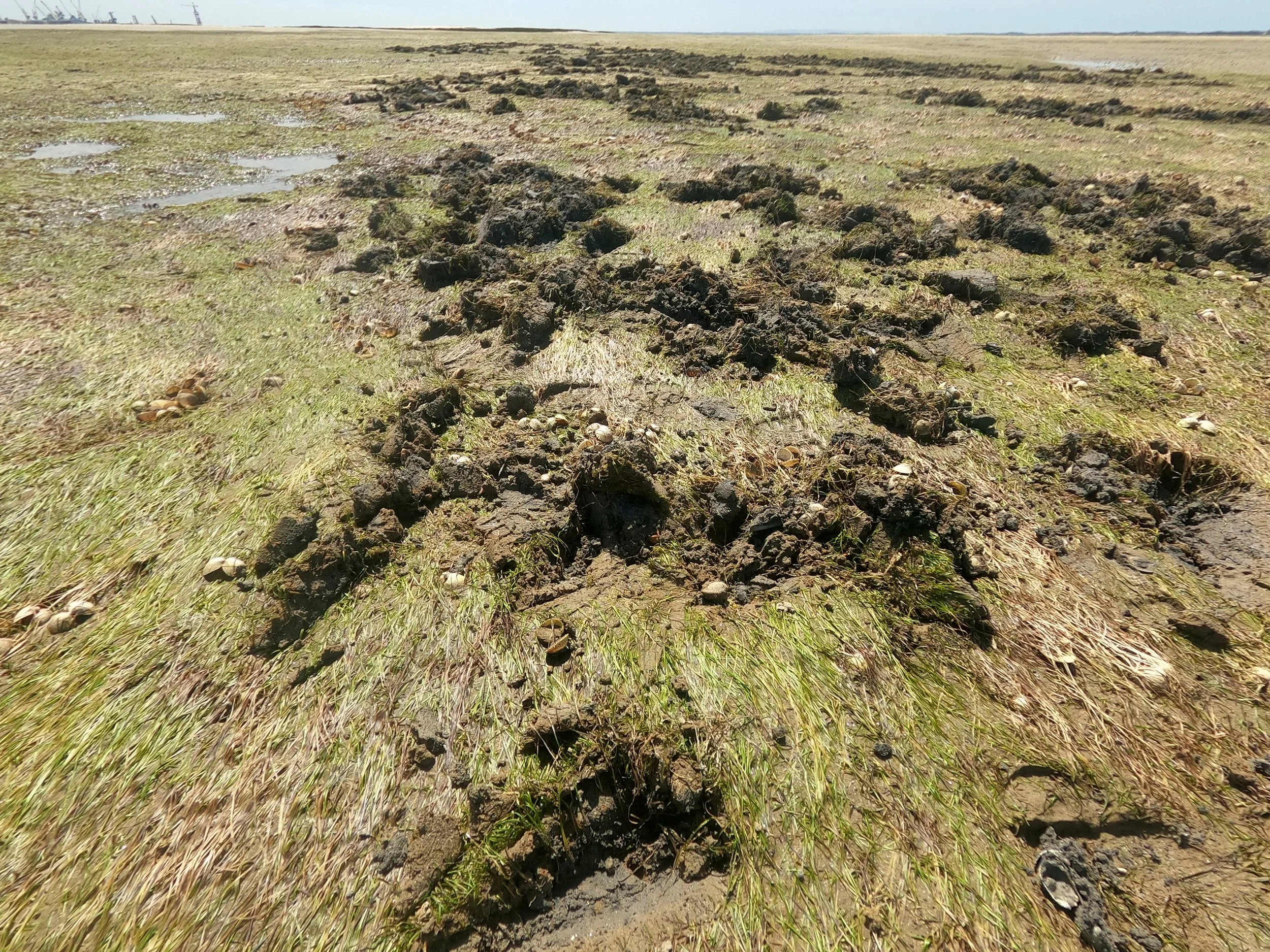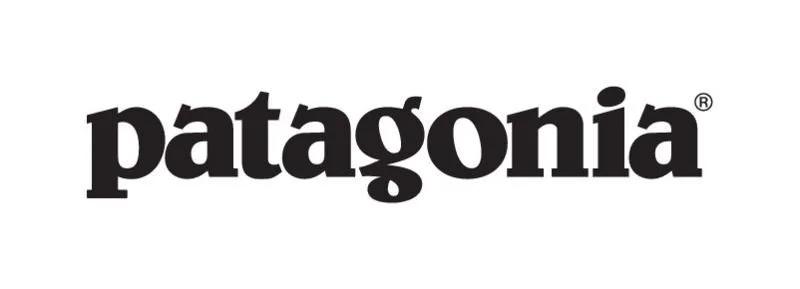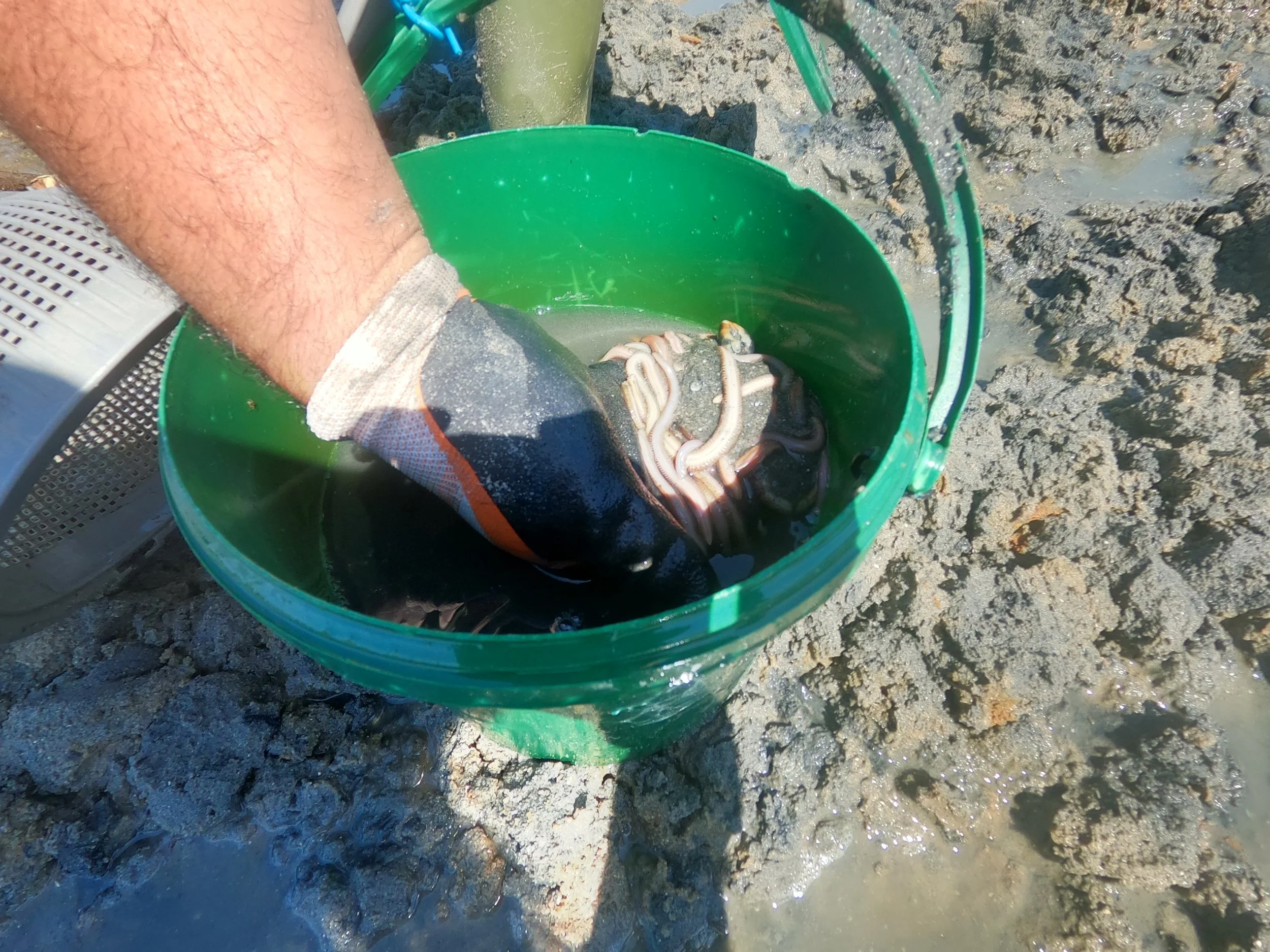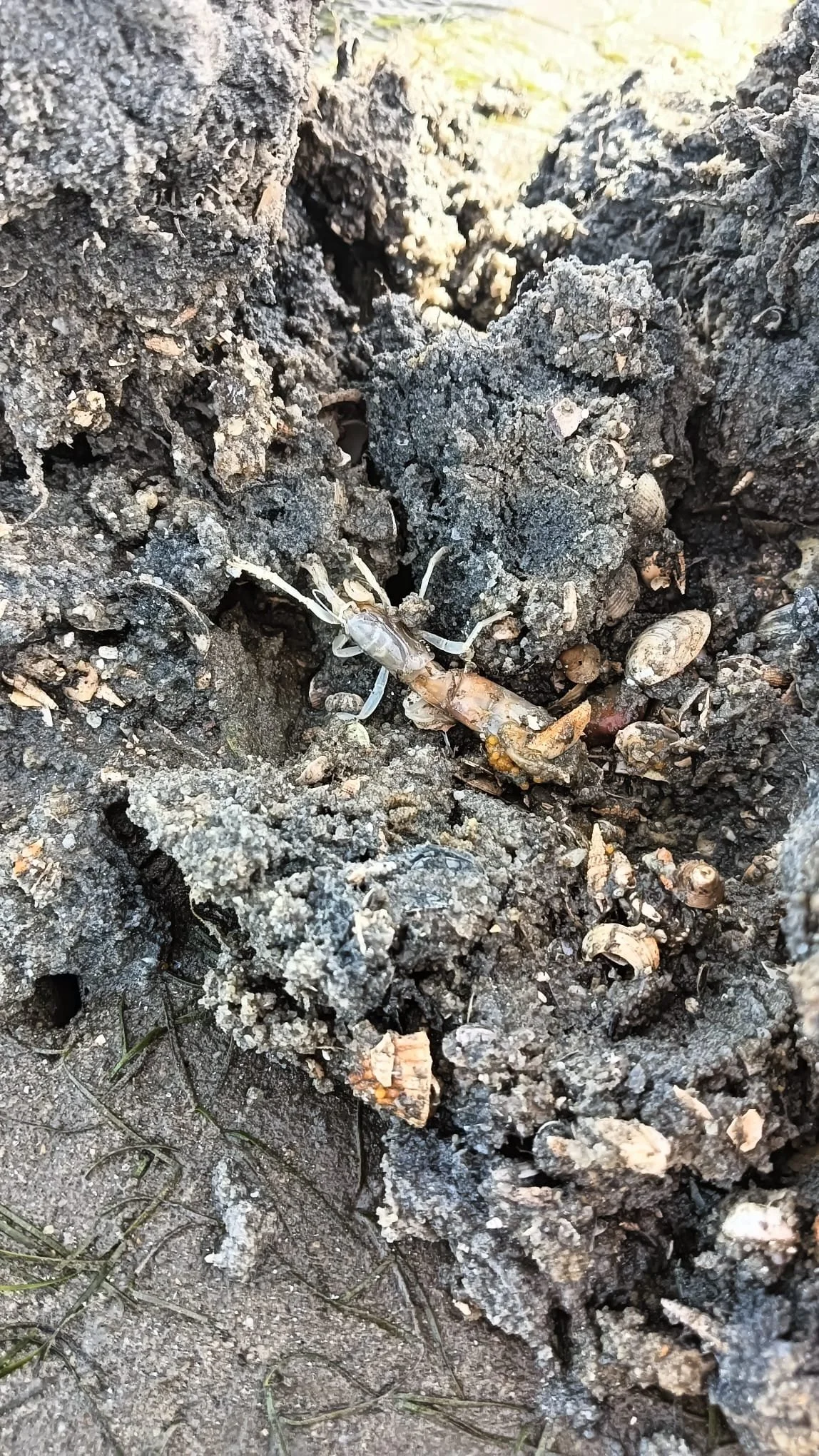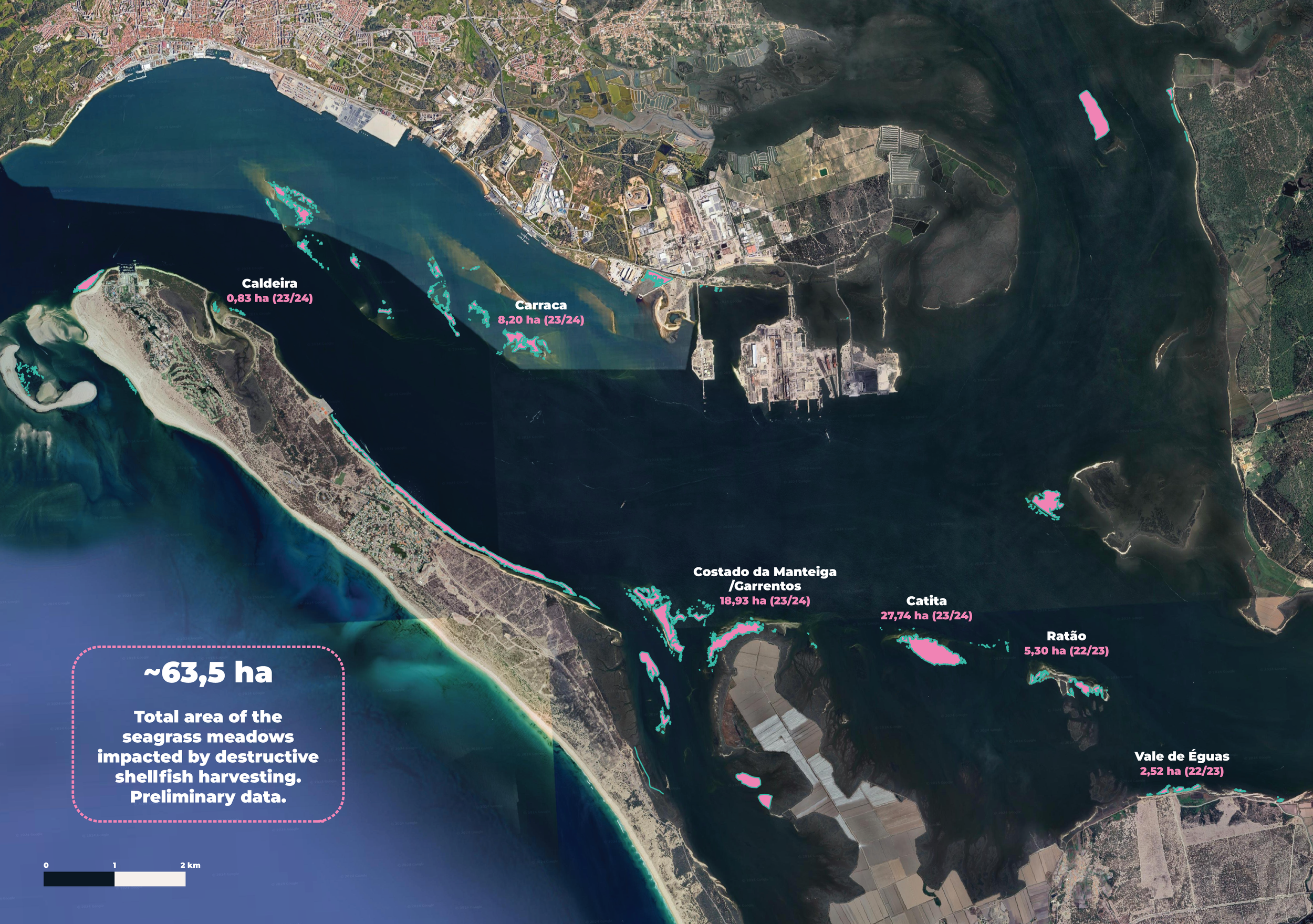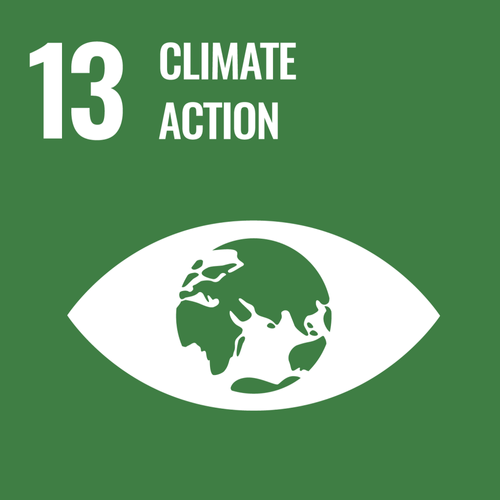TACKLING DESTRUCTIVE SHELLFISH HARVESTING
©Photos: Ocean Alive.
Tackling the decline of seagrass meadows by destructive shellfish harvesting techniques
BEGINING: FEBRUARY 2024
END: JANUARY 2029
Shellfish harvesting of economically valuable species such as clams and earthworms in seagrass meadows involves the use of digging and hand trawling tools, which break and uproot of the plants, degrading the integrity of the habitat and the benefits of their ecosystem services. This is a global problem that affects estuarine and coastal seagrass meadows in Portugal and other countries.
The project aims to tackle destructive shellfish harvesting techniques to protect and restore seagrass meadows. The project's value proposition is the involvement of the shellfish harvesters community, integration of scientific knowledge, promotion of responsible practices, and creation of regulatory measures and alternative blue economy activities. The expected impacts of the project are to change the behavior of the shellfish harvester community, create nature restoration jobs, and replicate the project in other seagrass meadows affected by destructive shellfish harvesting techniques. To achieve this, the project has the following goals:
FUNDING:
An Ocean Alive’s initiative in partnership with Calouste Gulbenkian Foundation (2nd six months of the project) and with Patagonia Europe and SALZWASSER e.V. (1st six months of the project).
SCIENTIFIC PARTNERSHIP:
This initiative by Ocean Alive is carried out with the scientific partnership of the University of Aveiro (Ana Sousa | CESAM and the Biology Department).
Shellfish harvesting on seagrass meadows: caught species, used tools, and impact on seagrass beds
©Photos: Ocean Alive.
1. Rock wormred-gilled (Marphysa sanguinea). 2. Solitary tube worm (Diopatra neapolitana). 3. Clams (Ruditapes spp.).
4. Clam fork. 5. Hand hoe. 7. Eagle claw clam rake. 8,9 and 10. Visual impact of destructive shellfish harvesting on seagrass meadows.
First six months’ project activities
Characterization of the seagrass meadows in the Sado estuary extensively impacted by shellfish harvesting.
Framework of Sustainable Development Goals
How? Training shellfish gatherers to become Seagrass Guardians, promoting an active role in the project's sustainability.
How? Involving the Keepers of the Sea, women from the Sado estuary fishing community, in the recruitment and training of shellfish gatherers.
How? Developing shellfish harvesting practices, techniques, and achieve behavior and regulatory changes with less impact on the organic carbon stocks of seagrass beds, which are major blue carbon sinks
How? Promoting shellfishing practices that safeguard and protect seagrass meadows, important marine biodiversity hotspots.
